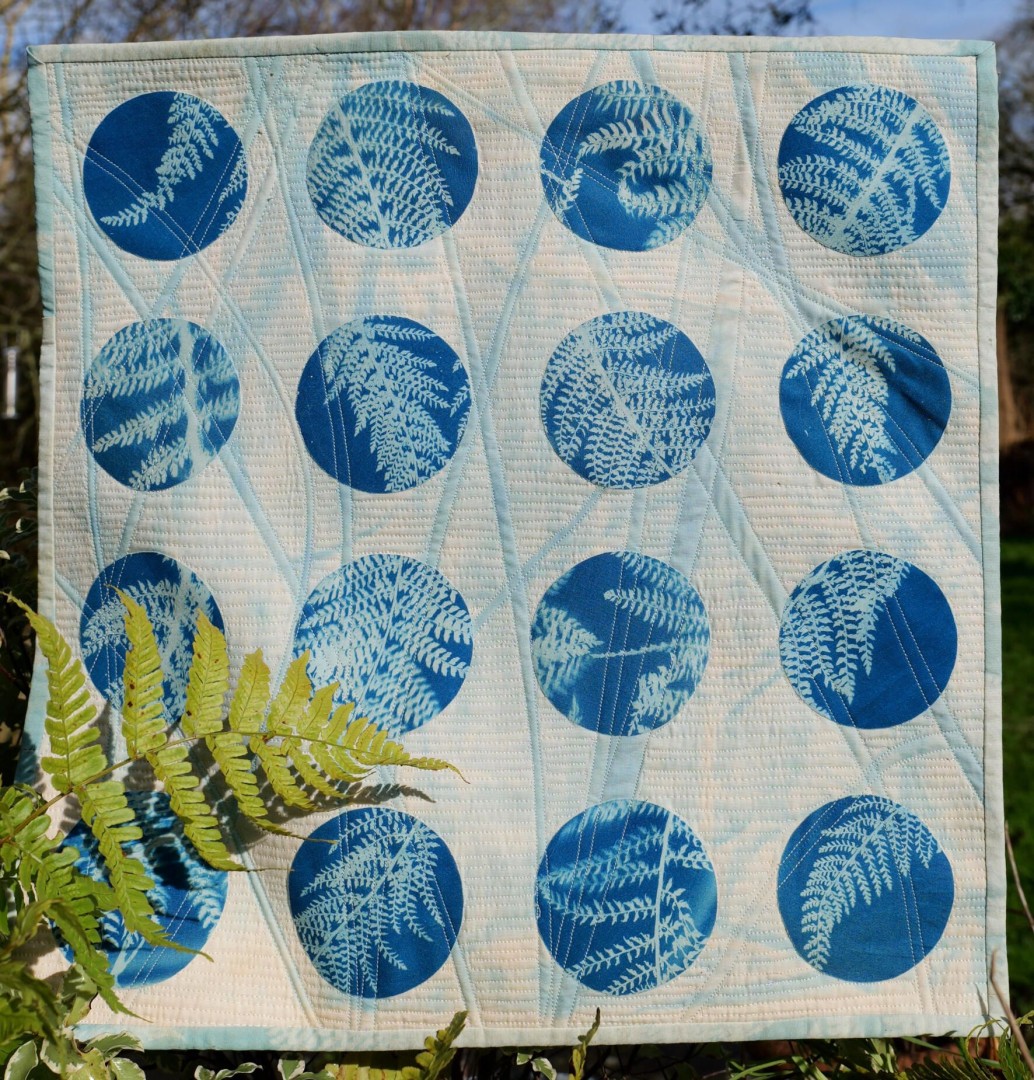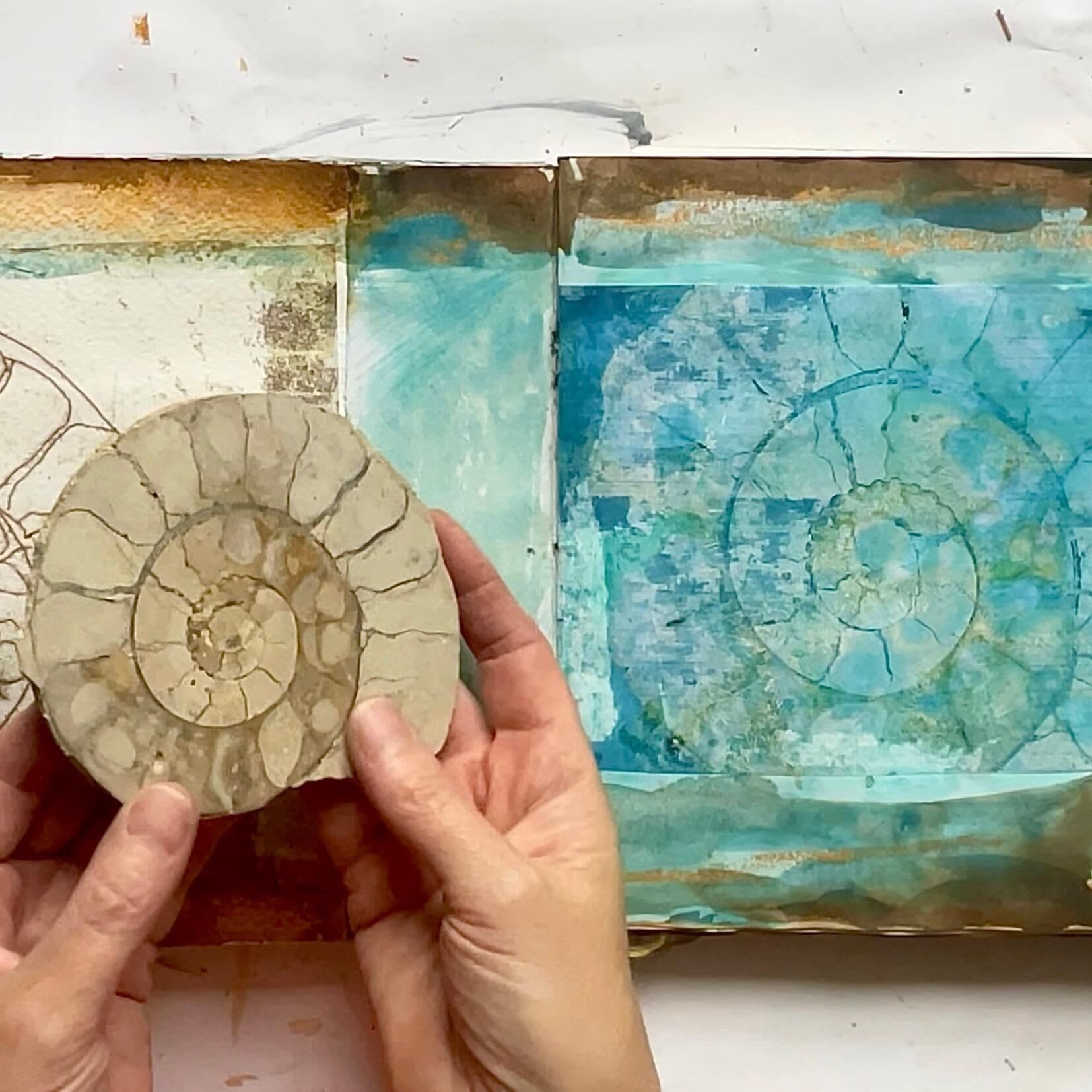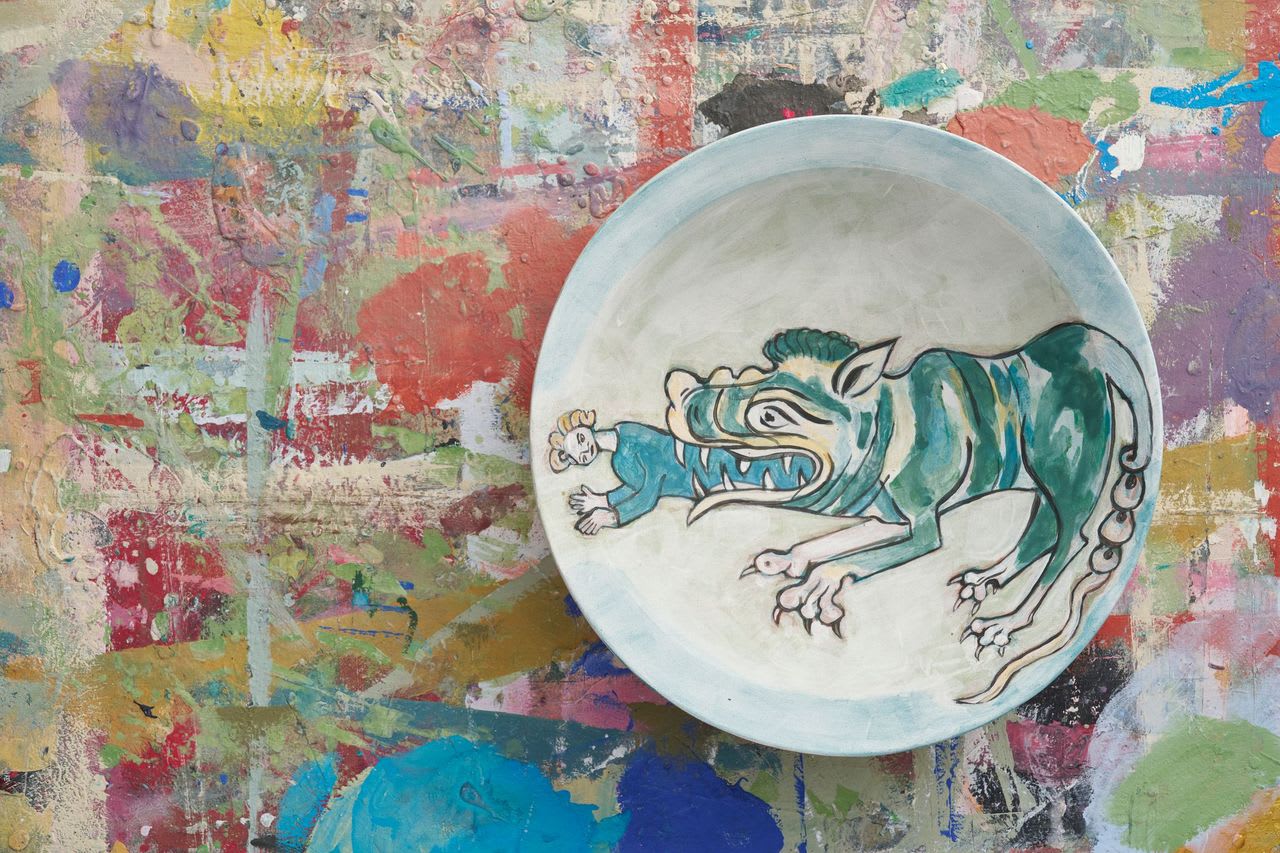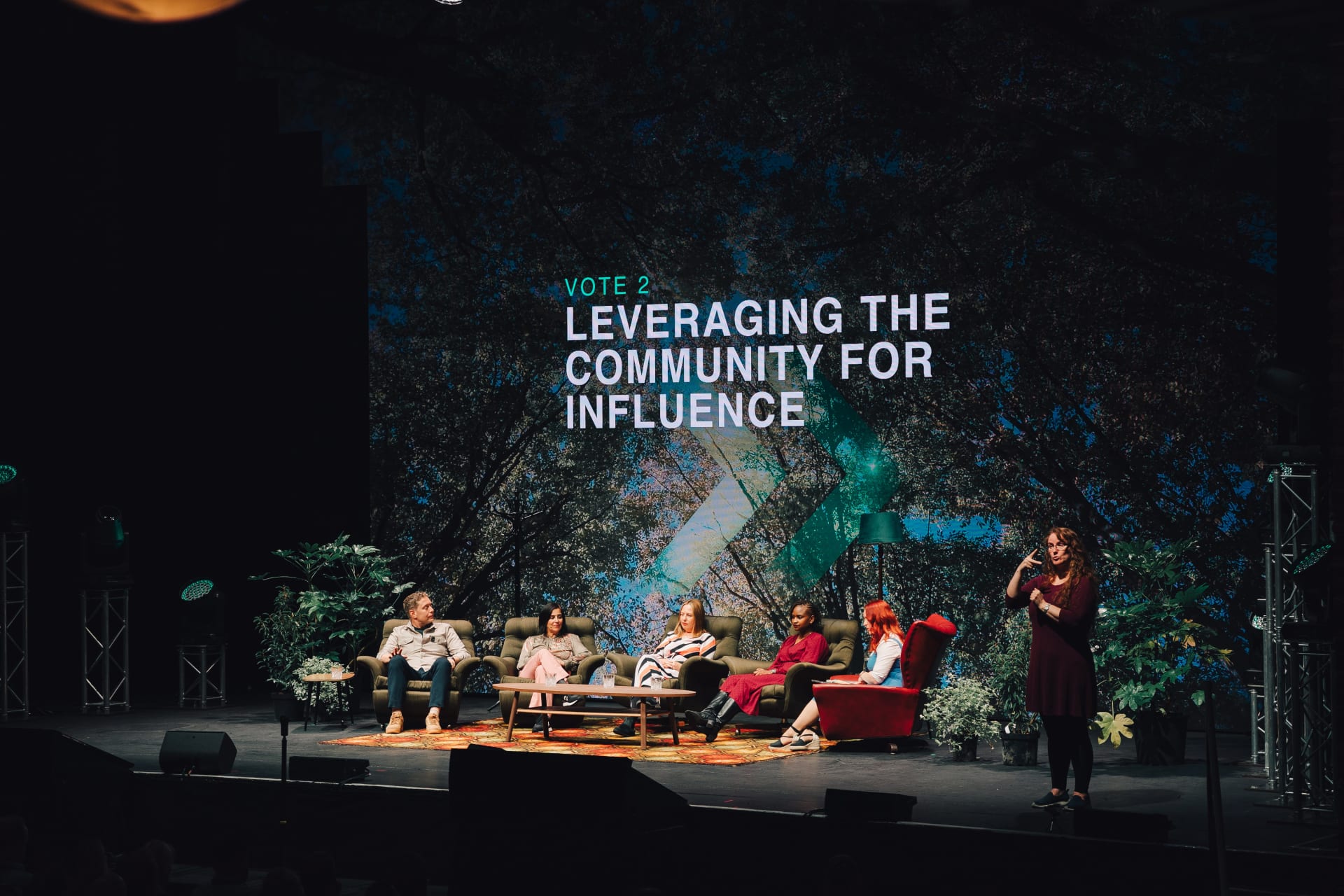Art can be a transformative journey, a therapeutic activity which enhances cognitive function, reduces stress and anxiety, and enhances wellbeing; offering offer solace and empowerment, building resilience and contributing to recovery.
Artweeks artist Rachel Gabriel, a first-time exhibitor for 2024, began painting a year ago, in her third year of being housebound and bedridden by Long Covid. “When my Occupational Therapist first suggested trying a bit of art, I was reluctant to ‘waste’ any of my tiny precious energy reserves on a non-essential task,” she says. “Long Covid comes with disabling fatigue that is like having a defective battery that never fully recharges overnight and plummets to nothing as soon as you do a tiny task, such as cleaning your teeth,” she explains. However, the more art she tried, the more she recovered.
Rachel started to use photos to sketch the outside world that she missed so terribly. She depicted the landscapes she longed to run or cycle through again, and imaginary landscapes she invented in bed, infusing each with the magic, energy and passion she feels towards the natural world.
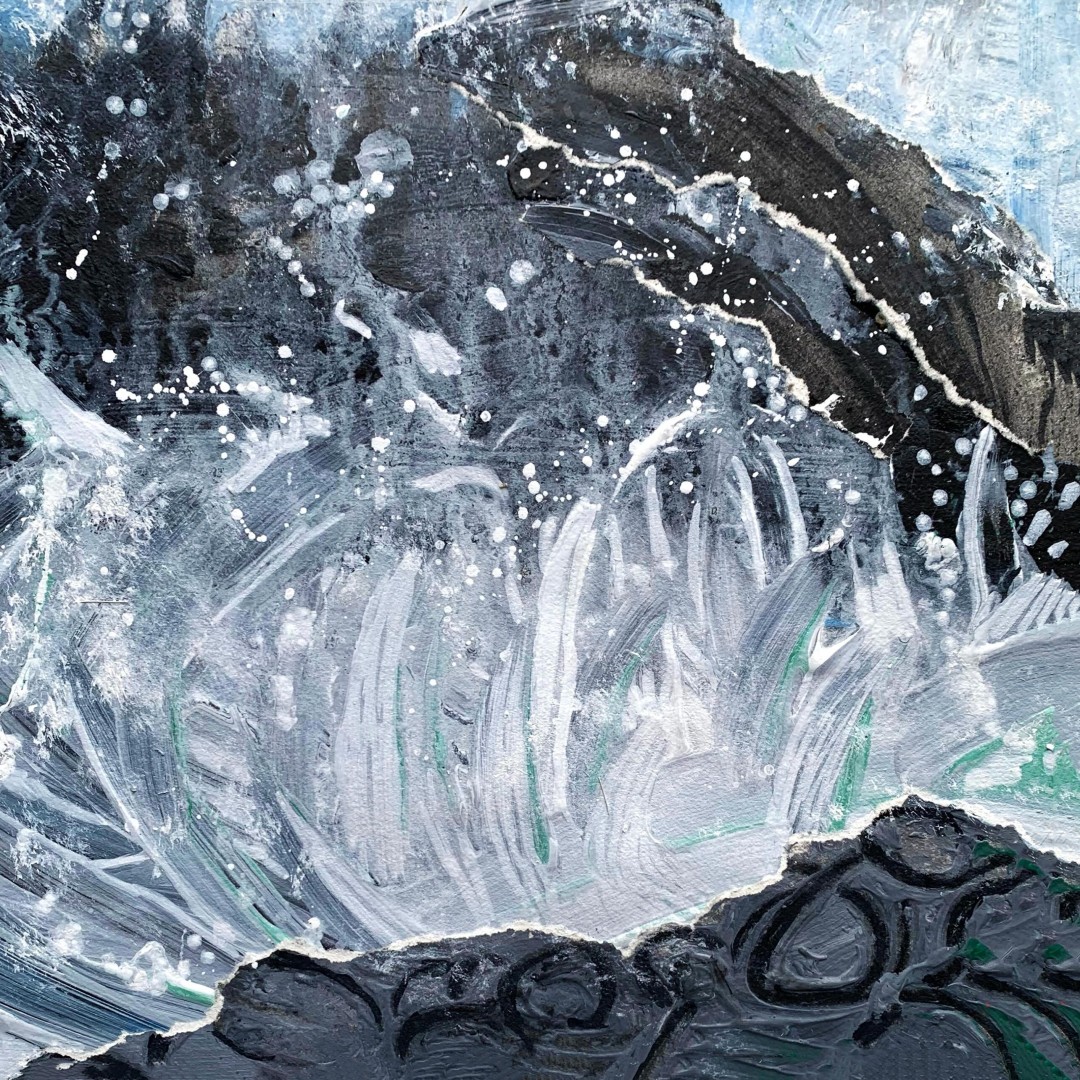
By the end of last year, Rachel had recovered enough to be able to leave the house once a week in a wheelchair and she is delighted to be hosting her first exhibition, at St Luke’s in South Oxford (Artweeks listing 266) during the Artweeks festival with fellow emerging artist Alice Kwan.
Her abstract expressive landscapes bursting with volcanic colours under bold blue skies are filled with energy, joy and a renewed appreciation for the world outside her window. Alongside, visitors can watch a short film showing the story of Rachel’s Long Covid journey and how art is helping her recovery, based on video diaries filmed on her phone from the start of 2020.
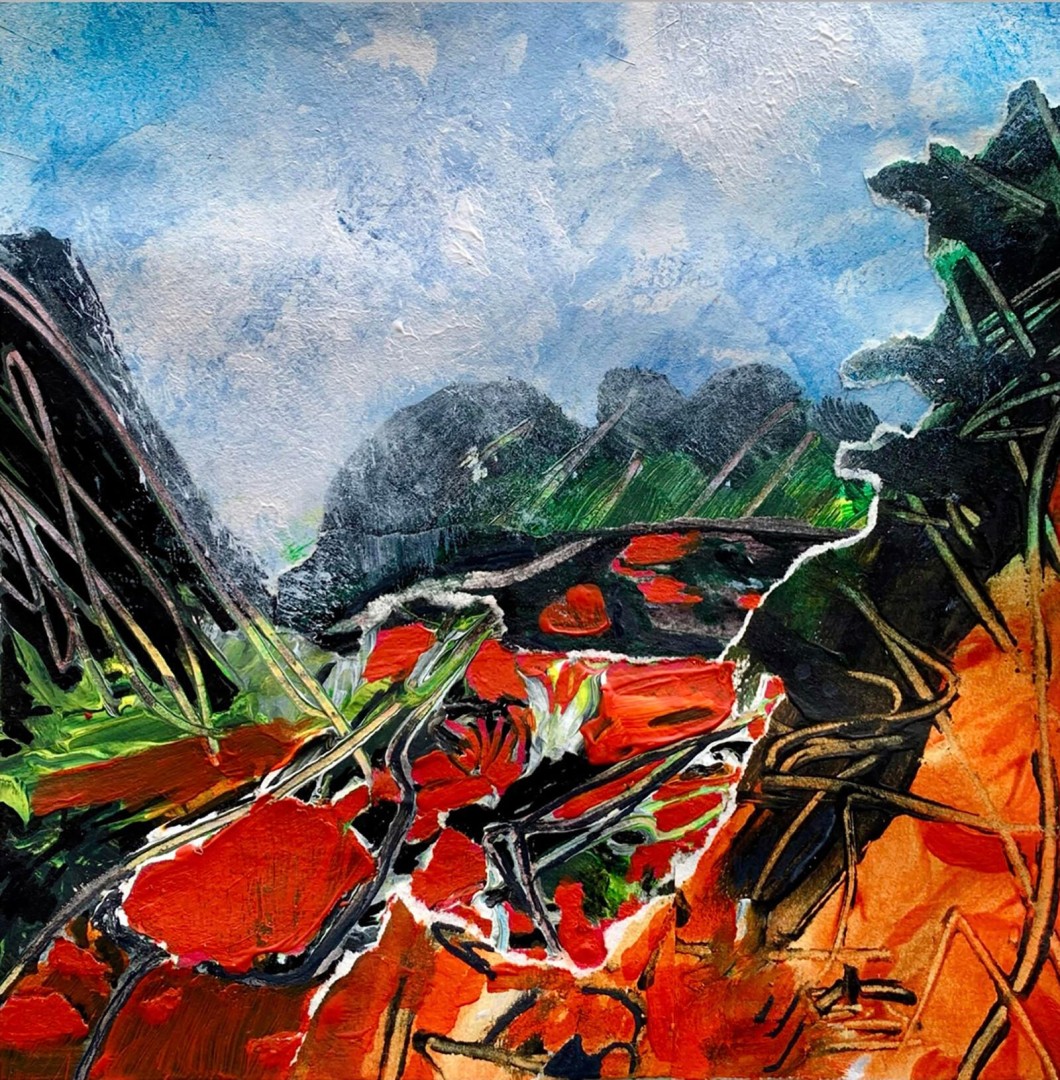
Over in Woodstock, Career Coach and Disability & Communication Expert Rosalind Butt also developed her art practice whilst healing from illness. Photography quickly became a tool to heal her busy mind through the very literal act of using the camera to frame and focus on one thing at a time: she allowed nothing else to enter her thoughts as she concentrated on beauty through the lens and the creation of an image.
Rosalind fine-tuned the art of mindful photography, a growing therapeutic practice, which became her ‘go to’ practice to navigate periods of depression. Following regular routes, she taps into the senses and small details that are often overlooked; tiny leaves bathed in sunlight or a pop of colour from a lone flower against a wall. ‘I feel literally grounded when in nature, surrounded by bird song, crunching leaves, and tempestuous weather, which all reminds me that nothing is permanent.’
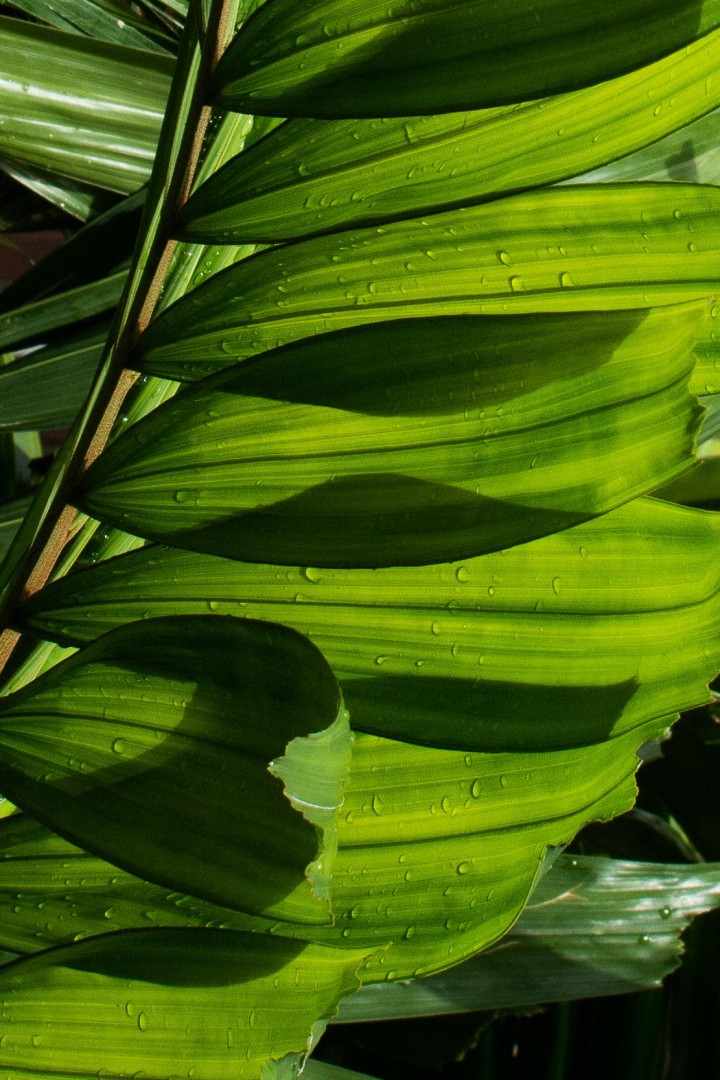
Rosalind draws inspiration from travels on foot or by kayak. Her photography is inspired by the richness of UK flora and fauna, the changing seasons, renewal and witnessing untamed nature. Her work captures the mood felt through life challenges. “Photography gives pause and reflects on the way nature can mirror the flawed and raw lived experience,” she explains.
During Artweeks, Rosalind is exhibiting in Woodstock at St Mary Magdalene (Artweeks listing 135) and she will be leading a mindful photography walk in the grounds of Blenheim Palace as part of ‘Art, Mind & Soul – Woodstock’s week of creativity’ in which the town’s artists invite visitors to take a ‘Mindful Meander’ discovering art around the town, have a go at arty-pilates, and more. In addition, wellbeing expert, Nina Carrington will be creating a giant Mandala in the woodlands of Blenheim Palace as part of a cacao ceremony. “Creating an earth altar in nature is a wonderful practice to promote healing,” she says.
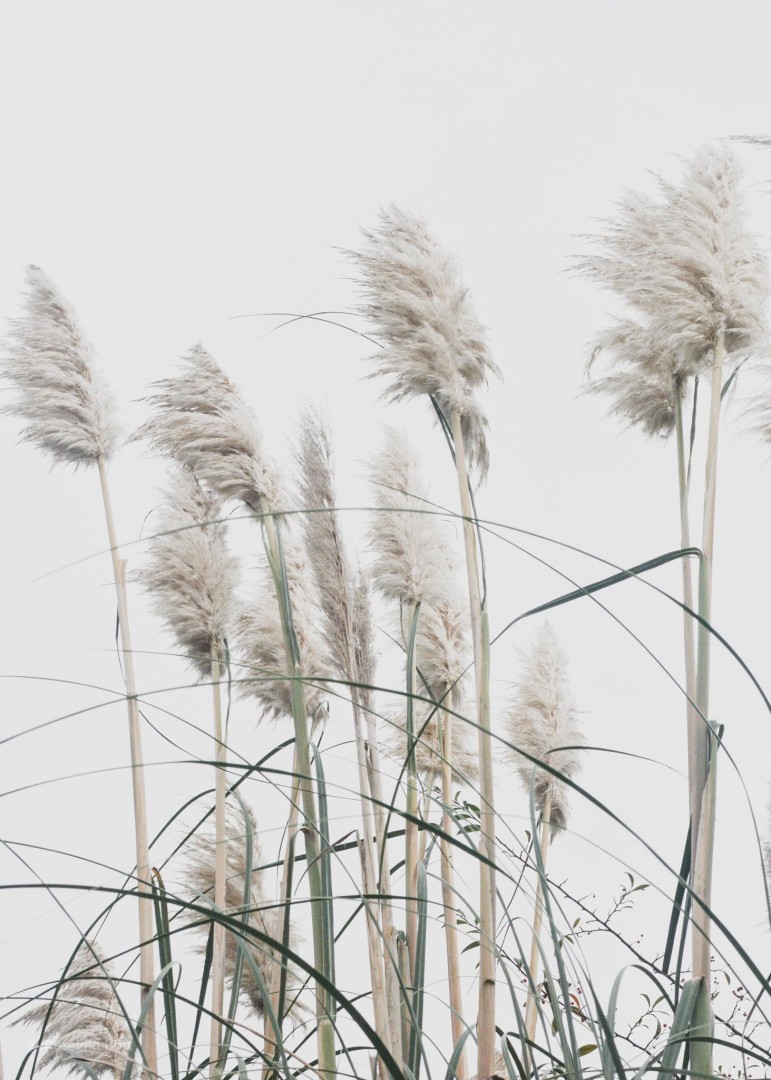
The garden has always been a source of inspiration and well-being for Stanton St John artist Catherine Rye (Artweeks listing 337) who, despite having a chronic illness for many years (thankfully much recovered now) has always managed to garden in some way. “I found the process of sowing seeds and nurturing them to full size plants also nurtured something in me. There is nothing more optimistic than planting a tiny seed in the cold of late winter and anticipating what it will turn into. Gardening and making art are my two great passions and I try and combine them as much as possible.” Catherine’s plants are not only inspiration but provide the leaves, flowers and seed heads she uses in her work. “Art is a way of turning this transient beauty into something more permanent and enduring”.
She adds, “I ‘draw’ with my sewing machine to create pattern and detail and although I stylise my subjects, I hope that if someone take a moment to really look, they might recognise the Tissue Moth or a Japanese fern. I also print cyanotypes, using the sun to create beautiful shades of blue, inspired by, and made with, plant material. This is the same method that early practitioners like the 19th century English botanist and photographer Anna Atkins [widely considered to have been the first person to publish a book illustrated with photographic images] used when furthering scientific knowledge.
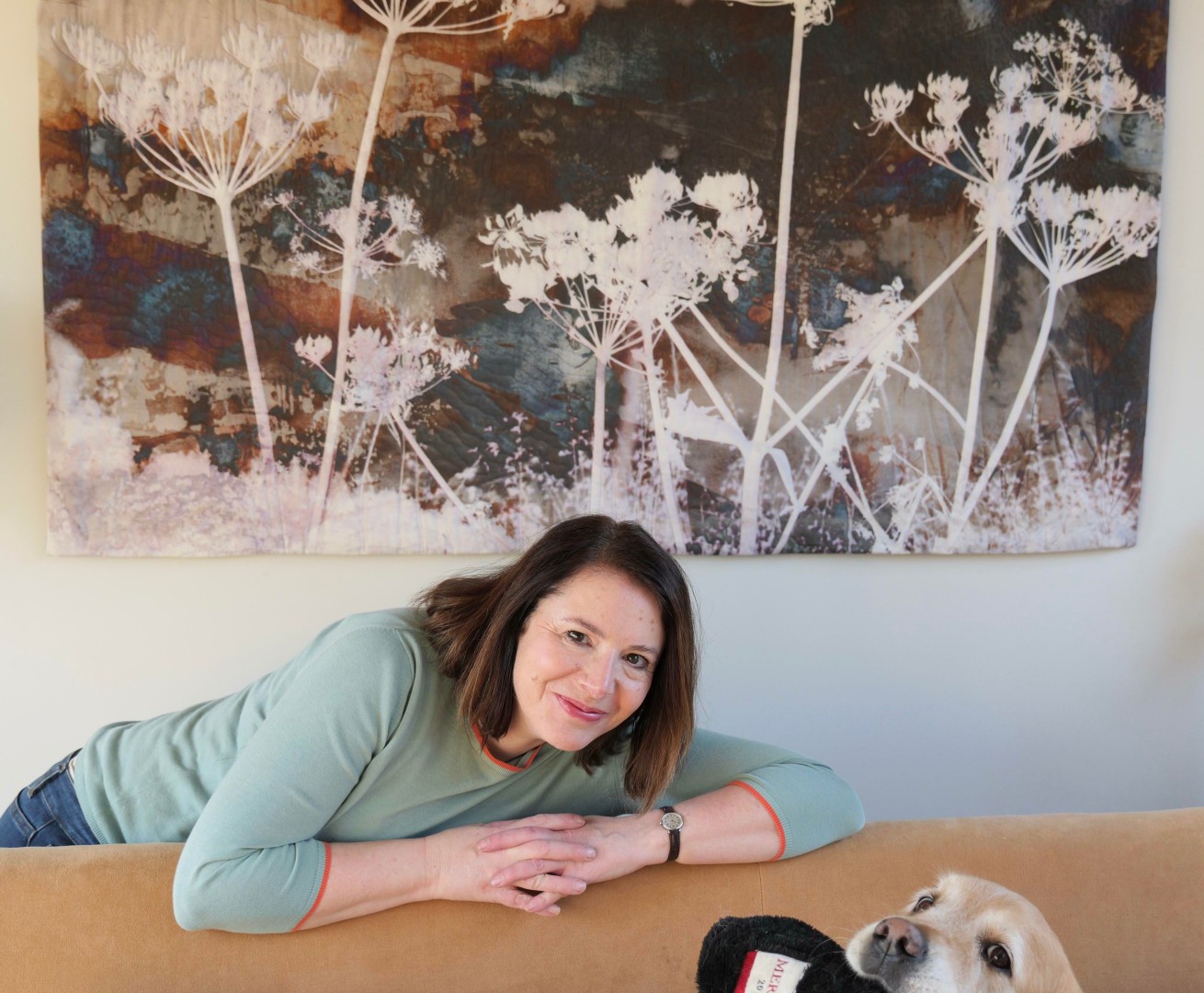
As well as observing and appreciating the beauty of nature, human have always sought to understand and classify. Since the 16th and 17th centuries, cabinets of curiosity were created by the upper class to show off their weird and wonderful plunder. For Artweeks, my studio will be set up as one of these ‘wonder rooms’.”
Because growing plants is such an integral part of Catherine’s art, visitors to her exhibition will also be invited to look round the garden which at the end of May should be full of spring colour, including biennials and bulbs in the cutting garden.
“I feel everyone deserves to have a flower filled life with both gardening and art and I have a website and YouTube channel both called A Creative Garden that shares methods and inspiration to help achieve this.”
